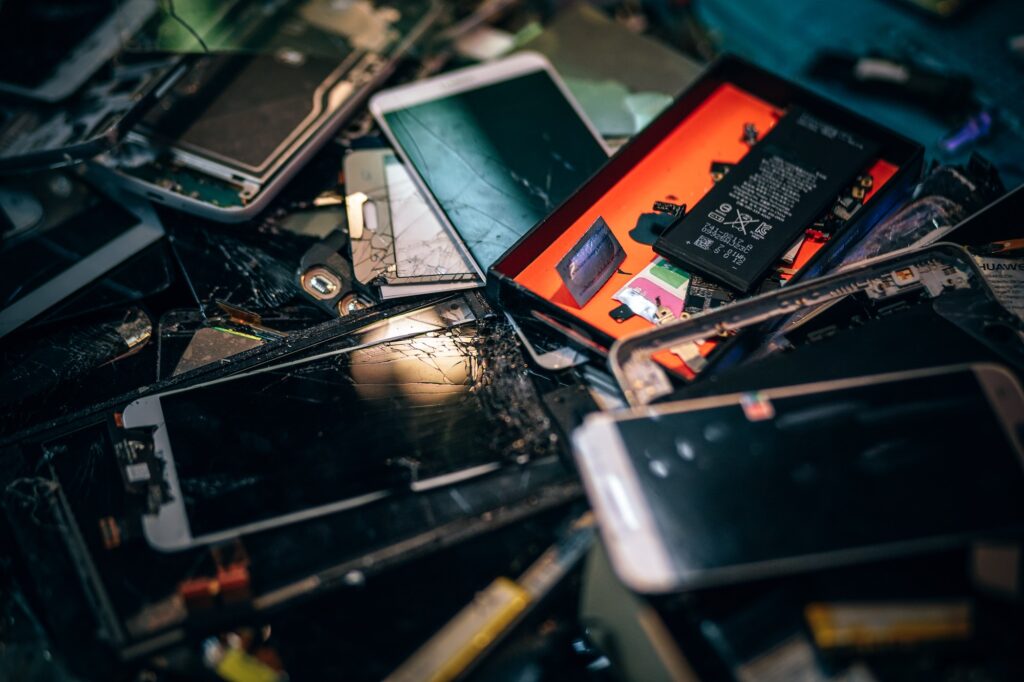Introduction: The Importance of Data Recovery
Imagine working on an important project or storing your family vacation photos, and then your device refuses to start. Panic sets in. This is where professional data recovery services come in. They specialize in retrieving data from failed or damaged devices, helping you regain access to files you thought were lost forever.
But what exactly should you do when your device crashes? Read on to learn the critical steps to take immediately and how experts can help you recover your digital life.

What to Do Immediately After a Device Crash
1. Don’t Panic and Don’t DIY (Yet)
First and foremost, stay calm. It’s natural to want to fix the issue yourself, but attempting random solutions can make things worse. Especially if you’re dealing with a hard drive crash fix, every moment counts, and further damage can reduce the chances of successful recovery.
2. Assess the Damage
Is your laptop making clicking noises? Is your phone stuck in a boot loop? Understanding the symptoms can help professionals diagnose the issue faster. For instance, if your laptop doesn’t turn on at all, the problem may lie with the motherboard or the hard drive.
3. Stop Using the Device
If your mobile phone or laptop is still turning on occasionally, resist the urge to use it. Writing new data can overwrite the files you’re trying to recover. This is especially critical for data recovery mobile cases, where flash memory behaves differently than traditional storage.
How Professionals Help Recover Your Data
1. Diagnostic Evaluation
Most data recovery services start with a free or low-cost diagnostic. During this phase, experts determine the cause of failure and estimate your data recovery chances.
2. Specialized Equipment
Unlike DIY methods, professionals use cleanroom environments and sophisticated tools to work on delicate parts. This is crucial for a hard drive crash fix, as any dust or static electricity can destroy the drive permanently.
3. Secure and Confidential Recovery
Whether you’re trying to recover laptop data or extract files from a broken smartphone, data recovery providers ensure complete confidentiality and data integrity throughout the process.

4. Turnaround Time
Depending on the complexity of the damage, data recovery can take anywhere from 24 hours to a few days. Critical cases may receive expedited service.
Preventive Measures for Future Crashes
To avoid future disasters, consider these best practices:
- Regular Backups: Use cloud storage or external drives.
- Install Antivirus Software: Prevent malware that can corrupt your data.
- Avoid Overheating: Ensure proper ventilation and cleaning for your devices.
- Use Surge Protectors: Protect your electronics from power surges.
Conclusion: Act Smart, Recover Wisely
Device crashes are stressful, but they don’t have to be the end of your data. Whether you’re dealing with a phone that won’t boot or need to recover laptop data, professional data recovery services offer reliable and secure solutions. With the right actions and timely help, your data can often be saved—even after a devastating hard drive crash.
FAQs: Your Data Recovery Questions Answered
Q1: How much does data recovery cost?
Costs vary depending on the device and the extent of damage.
Q2: Can I recover data from a water-damaged phone?
Yes, many data recovery mobile services specialize in retrieving data from water-damaged devices, but you must act quickly.
Q3: Is it safe to use free data recovery software?
While some tools are legitimate, using them without knowing the root cause can worsen the issue. Always consult a professional first.
Q4: What if my hard drive is making clicking noises?
This is often a sign of mechanical failure. Turn off your device immediately and seek a hard drive crash fix from experts.
Q5: How can I prevent data loss in the future?
Regularly back up your data, maintain your devices, and install reliable security software.
